As the US continues to tighten restrictions on high-end chip exports to China and the entire semiconductor industry looks for alternative manufacturing locations, India could become a source of AI talent, a foundry, and a market for products from companies like Nvidia.
Bloomberg reported that Nvidia CEO Jensen Huang had just made a five-day business trip to the South Asian country. Here, the head of the world's largest semiconductor company said India could become "one of the world's largest AI markets."

At a meeting with top researchers in Delhi, Huang talked about retraining the country’s entire workforce, along with building future AI models using India’s data and manpower.
“You have a huge amount of data and a huge workforce,” Huang said at a press conference in Bangalore. “This is going to be one of the biggest AI markets in the world.”
“India is the only major market left,” said Neil Shah, vice president of research at Counterpoint Technology Market Research, after chipmakers were unable to sell high-end processors to China over concerns the country would use the products for military purposes.
Delhi, despite its strong engineering workforce, is still far from having the advanced semiconductor manufacturing capabilities to meet Nvidia’s needs. The Indian government has set out its ambitions to boost electronics manufacturing, as well as leverage AI to power the digital economy .
The country has poured billions of dollars into subsidies to set up chip manufacturing infrastructure, aiming to attract companies like Nvidia, AMD and Intel.
Nandan Nilekani, chairman of Infosys, a key designer of India’s digital infrastructure, said the country is “strategic for Nvidia’s future, as the government is aggressively building AI infrastructure.”
Before Nvidia, India had successfully lured tech giants like Apple and Amazon to move their contract manufacturing operations from China to the South Asian country.
Starting point
For decades, India has spent billions of dollars to achieve advanced manufacturing. But in the semiconductor sector, the country has little experience in chip design and no history of operating a foundry. Meanwhile, nearly all advanced chips, including those designed by Nvidia, are made in Taiwan.
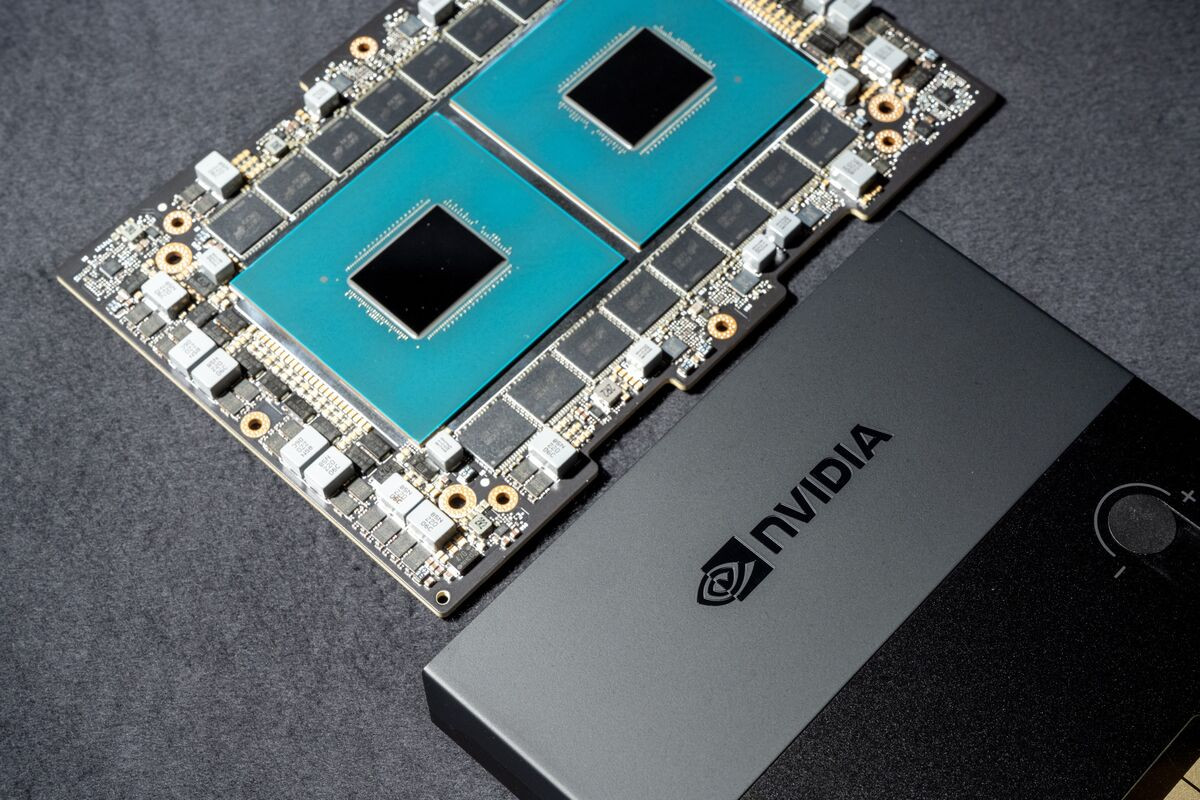
India currently does not have the “exascale” computing capacity, which is capable of processing a billion trillion calculations per second, nor the engineers to write complex AI software, said Sashikumaar Ganesan, chair of the department of data science and computation at the Indian Institute of Science. So, in addition to infrastructure, a high-performance computing workforce is also something Nvidia will help build.
On the upside, Krishna Moorthy, CEO of India Electronics and the Semiconductor Association of India, said that this is still a fast-growing market for high-end technologies. “Given the growth rate of India’s digital economy, the government may need more than 100,000 GPUs to build AI cloud platforms to meet data security, data privacy and data localization.”
Not to mention, domestic telecom giants like Jio Reliance are collecting billions of data points daily, from half a billion mobile users, as well as hundreds of millions of retailers.
This is a valuable resource for “India to enter the next phase of digital growth,” when AI chips are needed.
Nvidia currently has four engineering centers in India, with a total of more than 4,000 engineers, the second most after the US.
(According to Bloomberg)
Source














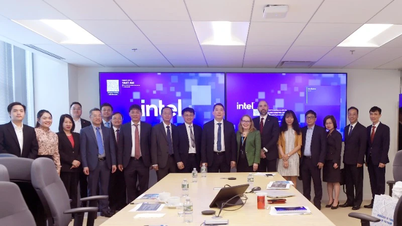

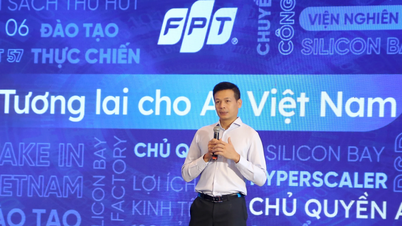



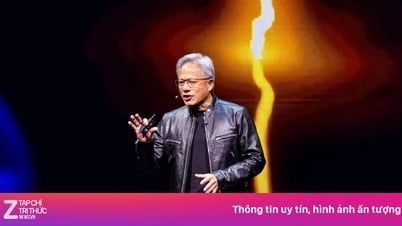

















![[Photo] Nearly 104,000 candidates in Hanoi complete procedures to take the 10th grade entrance exam](https://vphoto.vietnam.vn/thumb/1200x675/vietnam/resource/IMAGE/2025/6/7/7dbf58fd77224eb583ea5c819ebf5a4e)


























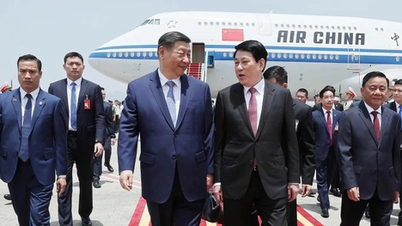



























![[OCOP REVIEW] Tu Duyen Syrup - The essence of herbs from the mountains and forests of Nhu Thanh](https://vphoto.vietnam.vn/thumb/402x226/vietnam/resource/IMAGE/2025/6/5/58ca32fce4ec44039e444fbfae7e75ec)







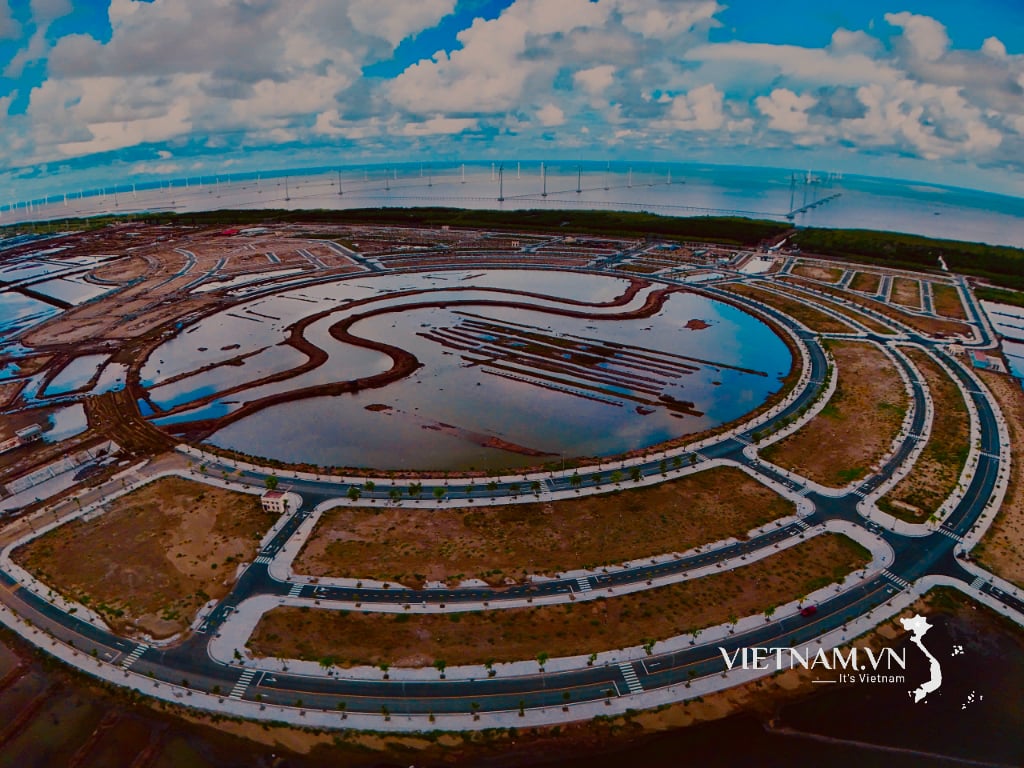
Comment (0)